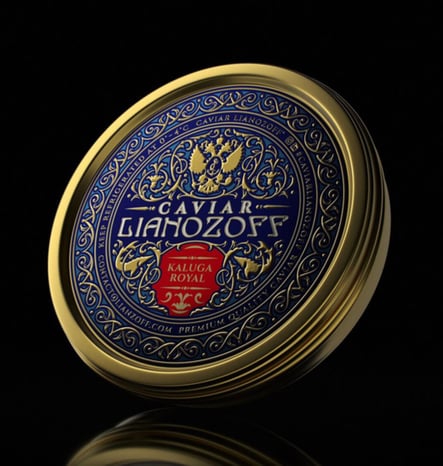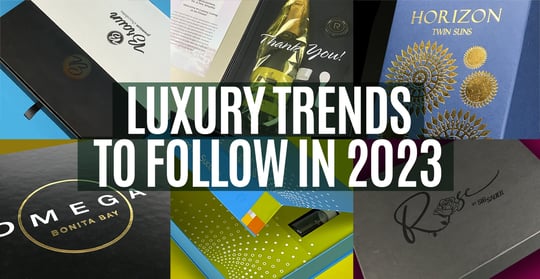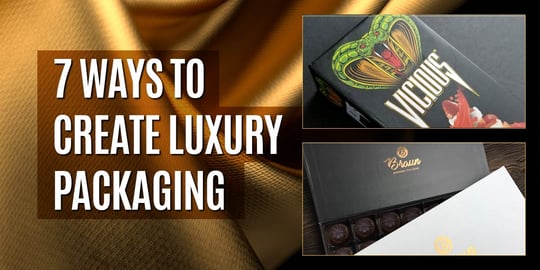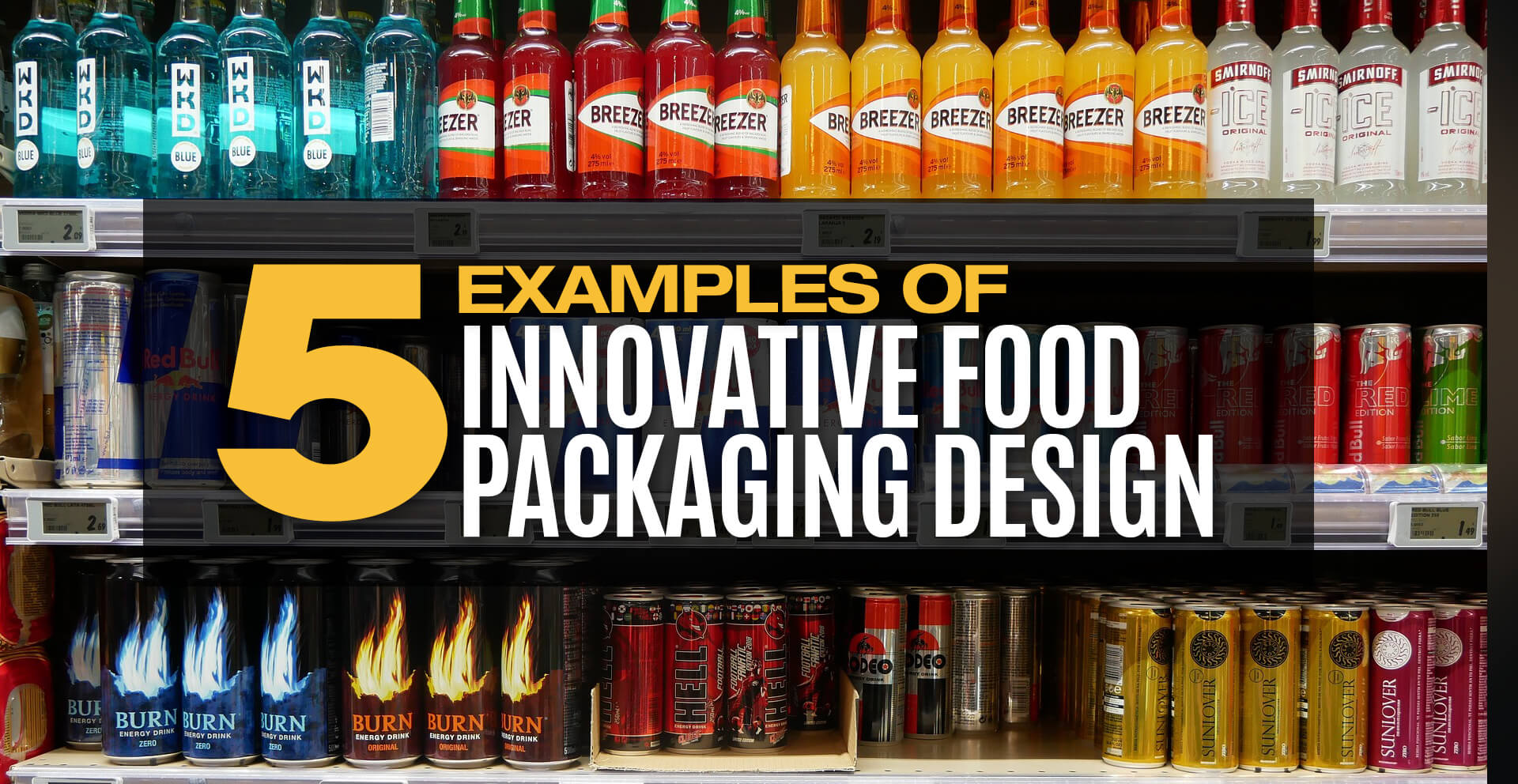
The package is the first point of contact a potential consumer makes with food products.
From the moment a customer spots an item on the shelf or clicks on an online product listing, packaging design plays a pivotal role in capturing shoppers' attention and influencing their ultimate buying decision.
Food and packaging requirements present a unique challenge for designers as they strive to develop ways to safely preserve and transport the food we eat daily while simultaneously delivering the food maker's branding and message to consumers.
For brands aiming to stand out in the marketplace, packaging innovation is not just a choice but a requirement.
But how do you make creative food packaging?
What is the most popular food packaging?
What are the recent innovations in packaging?
We will cover these questions and look at food packaging history and innovations that have solidified their presence in today's marketplace.
Food Packaging History and Innovations
For centuries, food and packaging have coexisted in some form. Ancient societies used natural, handmade materials for storing and fastening their food.
Materials such as animal skins, baskets woven from various plant materials, and tree leaves were used.
Innovative food packaging took perhaps one of the biggest leaps in the 19th century when the tin can was invented.
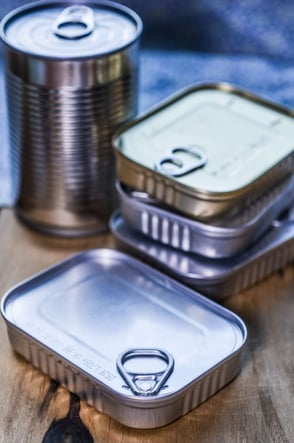
This packaging innovation revolutionized food preservation and let people quickly transport their goods over long distances.
Glass jars and bottles appeared soon after, followed in the 20th century by the appearance of paperboard-based items such as boxes and cartons used for dry goods and dairy products.
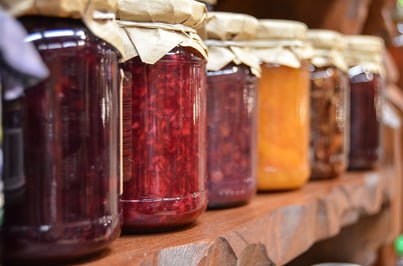
These historical milestones laid the groundwork for the innovative food packaging products we take for granted in the 21st century.
Recent innovations include edgy approaches such as edible films and wrappers. Materials such as rice paper or seaweed reduce waste, are inexpensive, and provide interactive elements for consumers who are also concerned about sustainability.
Another food and packaging approach companies may select is one of minimalism. Using monochromatic color schemes, bold typography, clean lines, and simplicity is a counterintuitive way of differentiating from brands using the flashy approach to attracting attention on store shelves.
Food packaging history and innovations reflect a dynamic industry that's constantly pushing boundaries to meet and exceed government food safety requirements while still doing the job of selling the product to consumers.
How Can I Make My Packaging Unique?
Packaging innovation is a process driven by many factors. Consumer demands, long-term storage requirements, branding, environmental concerns, and technological advancement play a role.
By knowing your target audience's preferences, values, and aspirations, you can tailor your packaging to their specific needs and desires.
Tell your brand's story by using it as a canvas for your messaging.
Announce your food's unique selling points, such as flavors, nutritional value, and organic ingredients, while ensuring the package aligns with your brand's visual identity, logo, and corporate messaging.
Using specific fonts for typography, you may convey specific moods and elicit feelings leading to buying decisions.
Remember that unique packaging not only attracts customers but also enhances their overall experience with your product. Investing time and effort into creating innovative food packaging that sets your product apart can leave a lasting impression and foster brand loyalty.
Five Innovative Food Packaging Examples
Various materials and formats vie for popularity, each serving distinct purposes and catering to different food product categories.
Packaging is an ever-shifting decision, often depending on factors such as the type of food, consumer preferences, environmental considerations, and storage and transport methodologies.
Here, we'll describe five examples you'll likely see on today's shelves and online storefronts.
1. Eco-Friendly Packaging
This format has recently emerged as a formidable player in food packaging. Biodegradable materials naturally break down and minimize their impact on landfills and local ecosystems.
Starch-based bioplastics made from corn starch, sugarcane, or potato starch and compostable materials continue to gain traction as viable options to consider, as opposed to traditional plastics.
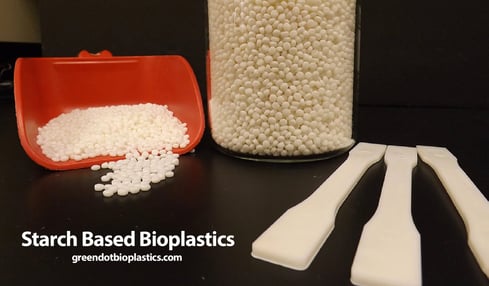
Modern water-based inks and non-toxic dyes used in printing offer lower impact and continue to gain popularity.
These also align with the minimalist approach by reducing excess materials, conserving resources, and generating less waste.
Sustainably sourced materials, including recycled paper, allow brands to promote a more sustainable consumption model while not sacrificing appearance, durability, or food preservation properties.
2. Interactive Packaging: Augmented Reality in Food
Adding a layer of digital information to food packaging transforms a static container into an interactive consumer experience.
Using their personal devices, customers can unlock content ranging from special discounts or offers to ingredient sourcing, nutritional facts, cooking instructions, and even facts about the brand's sustainability initiatives.
Interactive food packaging also reduces environmental waste by eliminating printed materials like recipe sheets or user manuals.
By offering consumers a more in-depth understanding of what they're purchasing through high-tech food packaging, brands can cultivate consumer loyalty, resulting in repeat purchases. It turns a routine shopping trip into an educational and rewarding experience.
3. Smart Packaging: Technology and Food Preservation
Consumers rightfully expect transparency about the products they buy, especially the food they eat.
Food packaging innovation provides this by giving us more insight into the preservation and safety process.
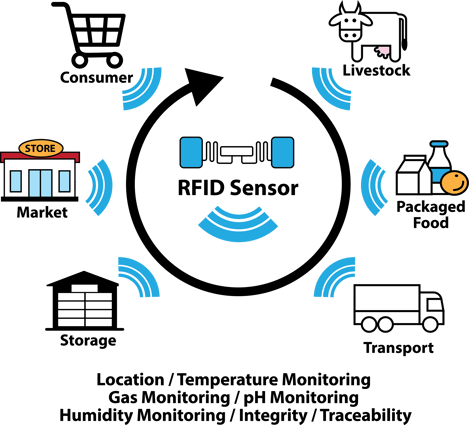
Using intelligent sensors within the package, consumers can scan a barcode, which gives them metrics including temperature, humidity, and gas levels inside the container.
This allows consumers to ensure they are buying perishables like meat, dairy, and seafood at peak freshness quality.
This technology plays a vital role in reducing food waste because customers can now make better-informed buying decisions and minimize their early disposal of food due to freshness and shelf-life concerns.
Intelligent food packaging also improves safety by alerting retail staff and consumers to possible package tampering by providing visual indications that the package was opened or otherwise compromised.
4. Minimalist Packaging: Less is More in Food Presentation
Minimalist food packaging focuses on essential requirements while avoiding visual noise and information overload.
The simplicity of this approach is characterized by a lack of clutter, clean lines, and limited color palettes, resulting in less time and money spent on design and development efforts.
This packaging style puts the product in the spotlight, allowing consumers to grasp its concept easily and allowing for easy differentiation from competing products.
These designs are versatile and easily adapted to other product categories, making this style of packaging cost-effective for companies offering diverse product lines.
Minimalist packaging often aligns with eco-friendly and sustainable approaches due to the reduced volume of materials and ink printing required during production. Thus, it may appeal more to those consumers who strive to make environmentally-conscious purchase decisions.
5. Luxury Food Packaging Innovation
Luxury packaging is about creating a culinary experience beginning long before the first taste. In addition to the basic goals of preservation and storage, luxurious food packaging plays an important role in creating an emotional connection for consumers.
Using specific techniques like embossed textures and premium materials, including satin-finished surfaces, fine paper, specialty inks, embossed foils, and satin ribbons, brands strive to capture consumers' senses before the package is opened.
This opulence doesn’t necessarily mean the packaging isn’t eco-friendly. Today’s technology allows sustainability to still be achieved with luxury packaging innovation so that eco-conscious consumers don’t have to compromise their values.
Luxury foods and packaging incorporate significant customization and personalization techniques, bringing attention to the unique nature of the contents held within the package.
These appealing aesthetic cues might include custom personalized scripts, fonts, and messaging related to special occasions and/or events such as weddings, graduations, and birthdays.
A special box of chocolates for the significant other in your life or a festive holiday fruit cake tin for mom & dad are examples of how to make luxury packaging work to brighten someone's day.
Limited-edition packaging is another angle many brands use to project a sense of luxury for their food products. Collectibles such as seasonal beer cans or flasks, liquor bottles, and boxes with premium ink and ribbons are common sights within supermarkets and package stores during the holiday season.
Functional luxury features such as interactivity, airtight closures and vacuum seals, and UV-protected containers are still more examples of food packaging innovations that brands can use to promote an air of exclusivity and luxury to consumers.
Blending this technology with artistry, storytelling, and premium materials creates an immersive experience that is difficult for competitors in your market to beat. It's also irresistible to consumers.
Food Packaging: A Gateway to Innovation
The examples showcased in this article highlight how packaging goes beyond functionality. It's a canvas for creativity and a means to engage and delight consumers while providing the expected preservation and safety to the food contained within the materials.
Whether through augmented reality, eco-friendly construction, minimalist aesthetics, smart packaging, or luxury presentation, packaging plays a pivotal role in shaping how consumers perceive and interact with food products.
Connect with our team of food packaging design specialists at Catalpha today. Discover how our tailored creations can align the high quality of your products with packaging that not only complements them but also meets your customers' expectations.
Other blog posts you may have an interest in....

